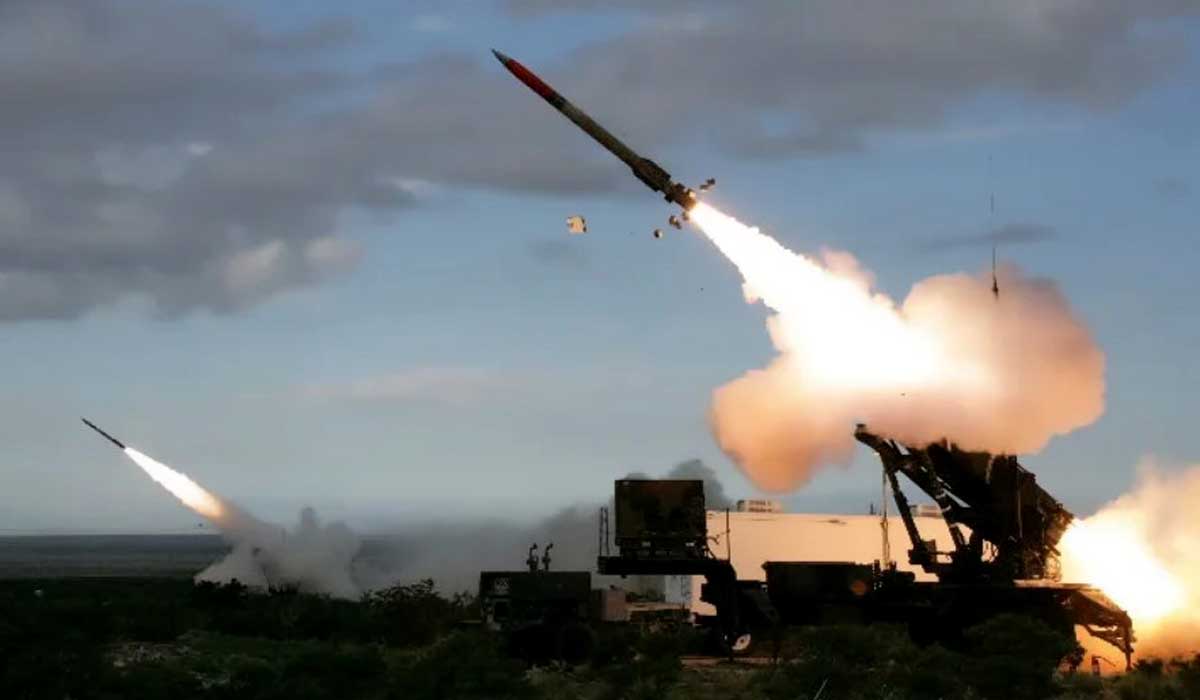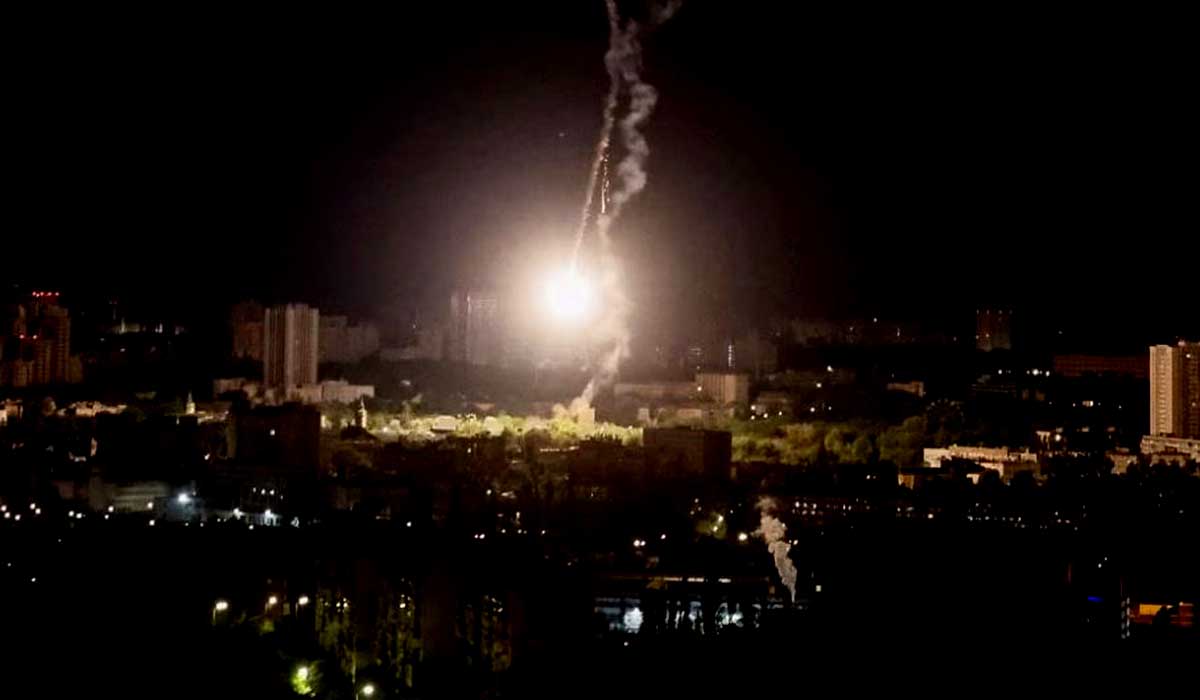
US Aims to Disrupt Iran and Russia’s Collaborative Drone Efforts in Ukraine
In an increasingly complex geopolitical landscape, the United States is intensifying its efforts to counter the collaborative drone initiatives between Iran and Russia in the ongoing conflict in Ukraine. The emergence of these two nations as key players in the realm of unmanned aerial vehicles (UAVs) has raised concerns among US officials, who are now working to disrupt this drone axis and curb its potential impact on regional stability and global security.
The use of drones in modern warfare has rapidly evolved, transforming the nature of conflict and posing new challenges to international security. Both Iran and Russia have been investing heavily in UAV technology, developing sophisticated platforms capable of intelligence gathering, surveillance, and even offensive capabilities. These advancements have enabled the two countries to project power and exert influence in various global hotspots, including the ongoing conflict in Ukraine.
Ukraine, a nation caught in the midst of a protracted struggle for sovereignty and territorial integrity, has become a testing ground for the utilization of drone technology. Both Iran and Russia have supplied their respective allies in the region with UAVs, which have been used for reconnaissance, target acquisition, and, in some cases, offensive operations. The close collaboration between Iran and Russia in this domain has raised alarms in Washington, prompting a robust response from the United States.
US officials view the Iran-Russia drone axis as a significant challenge to regional stability and security, as well as a potential threat to the international order. The strategic alignment between these two nations, especially in the realm of UAVs, has the potential to tip the balance of power in conflicts and shape the outcome of battles. Recognizing the need to address this growing concern, the US government has embarked on a multifaceted approach to disrupt this drone axis.
Diplomacy and International Alliances: The United States is leveraging its diplomatic channels and forming alliances with key partners to address the Iran-Russia drone collaboration. Diplomatic efforts involve engaging with international organizations, such as the United Nations, to highlight the potential destabilizing impact of these drone activities. The US is also seeking to build consensus among its allies and partners to collectively address the proliferation of drone technology in conflict zones.
Enhancing Counter-Drone Capabilities: To effectively disrupt the Iran-Russia drone axis, the United States is investing in advanced counter-drone technologies. This includes the development of systems to detect, track, and neutralize hostile drones. The goal is to provide US and allied forces with the tools necessary to counter the threat posed by these UAVs, thereby diminishing their strategic value on the battlefield.
Supporting Ukraine’s Drone Defense: Given Ukraine’s vulnerability to the Iran-Russia drone axis, the United States is bolstering the nation’s drone defense capabilities. This includes providing training, equipment, and intelligence support to help Ukrainian forces better counter the threat posed by hostile drones. The aim is to empower Ukraine to protect its sovereignty and reduce its reliance on external assistance.
Strengthening Norms and Regulations: Addressing the challenges posed by drones requires a comprehensive framework that includes international norms and regulations. The United States is actively engaging with international partners to establish guidelines for responsible drone use and to prevent their misuse in conflict scenarios. This approach aims to create a global consensus on the acceptable and responsible use of UAVs in various contexts.
Promoting Regional Stability: Recognizing the broader implications of the Iran-Russia drone axis on regional stability, the United States is engaging in diplomatic efforts to de-escalate tensions and promote dialogue among conflicting parties. By addressing the root causes of conflicts and seeking peaceful solutions, the US aims to reduce the incentive for countries to rely on advanced drone technology for military gains.
The complex dynamics of the Iran-Russia drone axis highlight the intricate interplay between technological advancements, geopolitical interests, and global security concerns. The strategic use of UAVs by these nations underscores the need for international cooperation and a comprehensive approach to mitigate the potential negative impacts of drone proliferation.
As the situation in Ukraine continues to evolve, the role of drone technology in the conflict is likely to remain a central theme. The actions taken by the United States to disrupt the Iran-Russia drone axis will not only influence the outcome of the current conflict but also shape the broader landscape of international security and the use of UAVs in future conflicts.
It is worth noting that the challenge posed by the Iran-Russia drone axis extends beyond the immediate conflict in Ukraine. The lessons learned and strategies developed in addressing this challenge will likely have implications for conflicts in other regions and underscore the need for a proactive and adaptive approach to managing emerging security threats.
As the United States navigates the intricacies of disrupting the Iran-Russia drone axis, the broader international community watches closely. The effectiveness of these efforts will not only impact the immediate conflict but also set precedents for how nations address the evolving nature of warfare in an era dominated by technological advancements. The ultimate goal is to ensure that the use of drone technology aligns with global security interests and contributes to stability rather than escalating conflicts.




